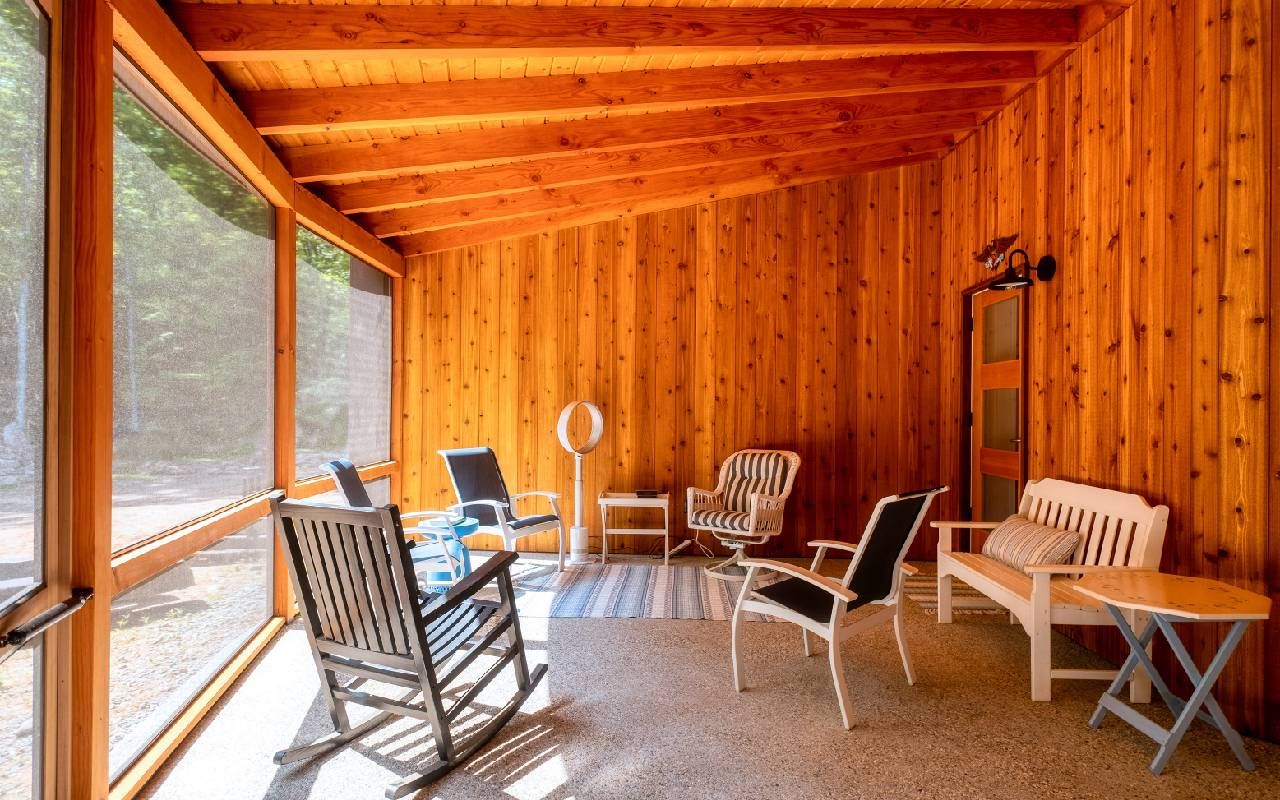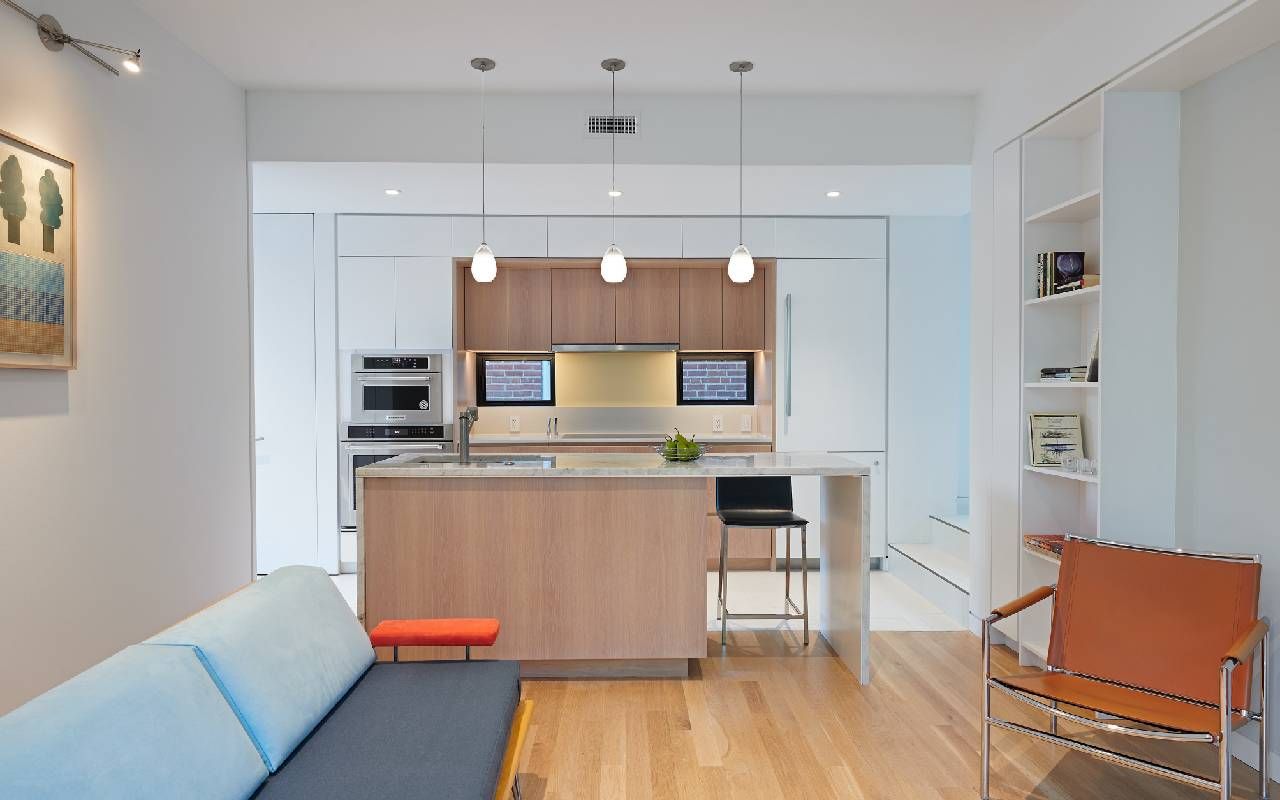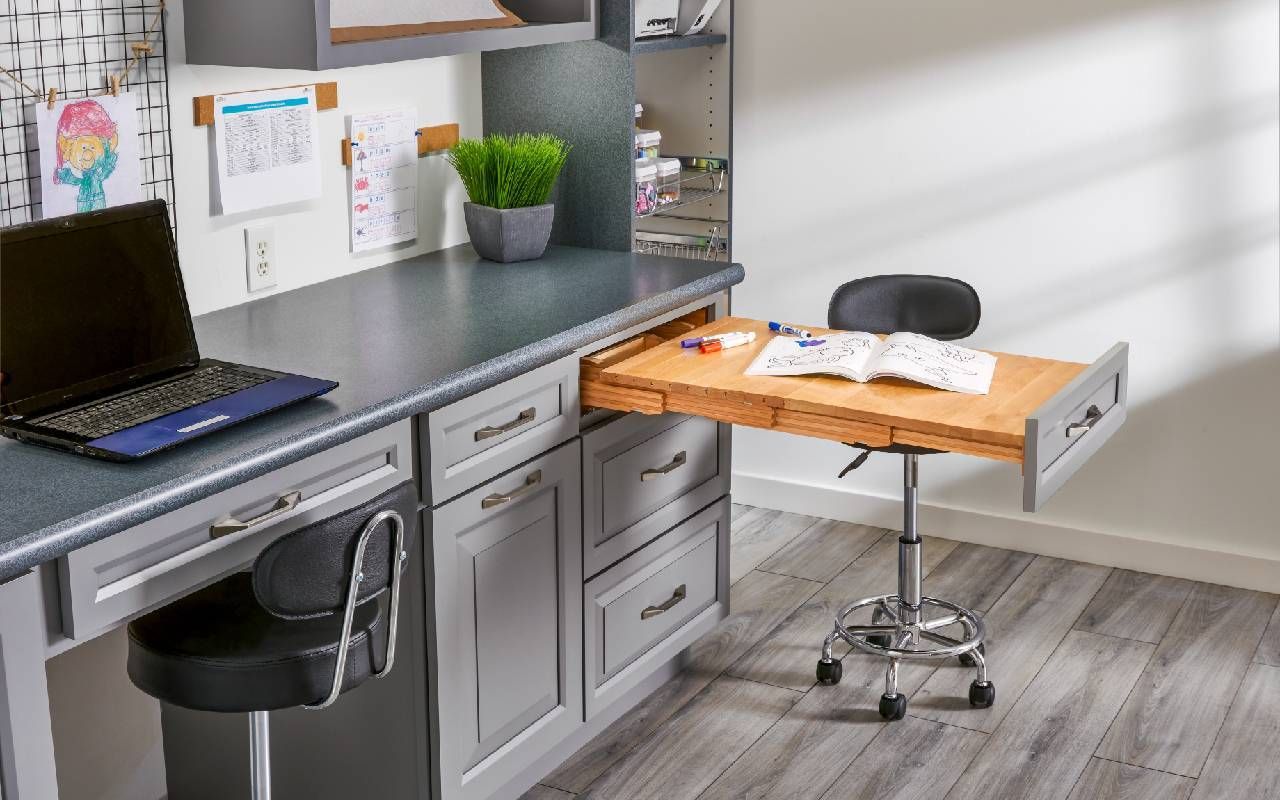4 Ways to Experience Multigenerational Living
Establishing a permanent multigenerational living arrangement requires serious planning and communication, but there are many benefits to families
Growing up in Brooklyn in the 60s and 70s, our family and many of our friends' families had grandparents living with us or close by. We didn't think of it as "multigenerational living." We just thought it was normal. Social and economic trends since then have shifted toward nuclear families and, increasingly, one-person households.

I'm one of the growing number of single person households headed by someone 50 or older – now approaching 26 million, according to a survey published in the New York Times, but many of my Mexican American and Filipino American neighbors are enjoying multigenerational lives. Their families can greatly benefit from these arrangements. Planned smartly with new housing options, so can yours.
Trend Drivers
"Immigrant families and first generation families are more likely to have multigenerational households than families that are more established in the U.S.," observes Caroline Cicero, associate professor at the University of Southern California's Leonard Davis School of Gerontology, a phenomenon as old as immigration itself, she adds. One of the major drivers of this trend for all groups, she points out, is the cost of housing. The pandemic played a role too, she adds.
"Immigrant families and first generation families are more likely to have multigenerational households than families that are more established in the U.S."
Planning Needs
While a crisis like Covid, or traveling across oceans for seasonal visits, might put generations together for a few weeks or months, planning to establish a permanent multigenerational living arrangement requires serious planning and communication. It's important to consider the expectations and responsibilities of each generation, Cicero advises, suggesting that each household ask its members, "What are the boundaries and guidelines which will govern day to day life and will lead in extraordinary circumstances as well?"
It's also important to determine the type of housing arrangement that will work on a permanent or long-term basis. Will the generations share a home or build a separate building or apartment on the property? Who will live in which residence? What elements are needed for privacy, safety and comfort? How much will they cost to include? What's required today for a family member who may have balance or memory issues?
"Very few homeowners have the foresight to install age-friendly or user friendly features in their homes until they are absolutely necessary," Cicero comments. That is starting to change among the economically advantaged 50 and older demographic.
1. Accessory Dwelling Units
One increasingly popular option for homeowners is the accessory dwelling unit, also known as ADUs or granny flats. These range from studios with kitchenettes and bathrooms to multi-bedroom small houses. There are freestanding tiny homes (both built on site and prefabricated), apartments atop garages, and even added suites constructed within a home itself, called JADUs for junior ADUs.

Since being approved by California in 2016 to address the state's housing crisis, more than 80,000 have been permitted. When designed for aging-in-place, as a few ADU building firms are starting to do, they can be ideal for multigenerational living.
"I receive around one call per month from clients seeking ADU referrals for their aging parents," says Senior Real Estate Specialist Linnette Edwards from the San Francisco Bay Area. "The majority of new construction ADUs are now incorporating options that cater to aging-in-place needs, making them more accessible for individuals with varying mobility requirements." (If you're considering this option for your property, you'll need to research what rules apply to your community.)
Author Sheri Koones' latest book, "ADUs: The Perfect Housing Solution," features several projects designed specifically for multigenerational living. "This is a great way for families to live together while maintaining privacy," she says.
To accommodate aging in place, the ADUs Koones published feature barrier-free entries and showers. "One homeowner put in an elevator to make the ADU (over the garage) accessible for his father who has some physical issues," she notes.

According to Koones, many homeowners include universal design features for their ADUs to house parents. Others add them for their own future needs, perhaps moving their adult children and grandchildren into the family home while they relocate to the ADU. "This is a way for them to retire," she says. (For older adults wanting to travel after retirement, having family on property means their home is looked after while they're away.)
2. Dual Suite Homes
Rather than a separate building or garage addition, some multigenerational households build or purchase a larger home with two primary suites. I saw this often while designing kitchens and bathrooms for Asian American clients in Florida. The grandparents would have their own bedroom, en suite bathroom, sitting area and kitchenette within their adult children's new home construction project. They could retreat to the privacy of their suite when desired, or mingle with the rest of the family in the living areas and main kitchen.
Edwards says this trend is still going strong in her market too. "Developers are increasingly recognizing the desire for dual primary suites, allowing for multigenerational living or providing additional space for older family members." There is also demand for those "in-law" kitchens – and appliances and fixtures manufactured for them too.

Koones' book includes a new home construction project with a similar structure in Connecticut. The ADU is an integral part of the main home's architecture, rather than a stand-alone building. "The family expressed that they really 'like' being together and that was surely a reason to consider such a plan. The porch was built in the center of the house and ADU so the couples could meet when they wanted to and maintain their privacy when that was what they want at that time," she says.
Another multigenerational feature of some homes is a first-floor primary suite. "There is a notable increase in demand for single-story or homes with level-entry designs," Edwards comments. She notes that they command a premium when they hit the market. (I've found very few of them in my San Diego area home search.) Homes with the extra kitchenettes are popular with buyers too, she adds.
3. Multigenerational Communities
One of the newest real estate trends is multigenerational communities. This allows what the industry calls "baby-chasers" to live near their grandchildren without sharing a home. Major developments like Atlanta's popular Serenbe wellness community are building 50-plus neighborhoods for the parents of current residents and others drawn to the area.
"College students sharing homes with adopted grandparents and shared arrangements between older adult neighbors are something to think about."
Edwards is seeing this trend in her region too. "Forward-thinking developers are intentionally creating neighborhoods within larger developments to cater to the concept of multigenerational living. This strategic approach acknowledges the growing preference among families, particularly those with members aged 50 and above, to reside in close proximity to each other while enjoying the amenities and conveniences of a larger community setting," she notes.
This trend may surpass age-restricted developments, as there are social benefits to intergenerational communities for all age groups.
4. Spare Room Situations
As Cicero observes, not every household can afford to expand their living space when adding a new member to the household: "Every family's accommodations, financial resources and situation necessitates a unique perspective. Many don't have the luxury of planning how to obtain an extra unit or suite nearby."
When moving an older relative in, maybe consider having two children start sharing a bedroom or having a grandparent share a bathroom with kids and teens (both happened in our household). Communication is especially vital. Modifications for accessibility and safety are also sometimes needed. A family that qualifies for economic assistance may be able to get help from local programs that offer such services for free. (A social worker or occupational therapist can typically connect them with such resources.)
Beyond Nuclear and Extended Families
Many of us older adults – more than 15 million 55 and up, according to the Census – don't have children or grandchildren, or may not want to relocate out of state. That doesn't mean we can't take advantage of multigenerational living, Cicero points out.
"We need to think beyond nuclear and extended families," she suggests. "College students sharing homes with adopted grandparents and shared arrangements between older adult neighbors are something to think about."
Co-living by friends, neighbors and roommates across generations can be a model worth exploring for companionship and housing costs.

